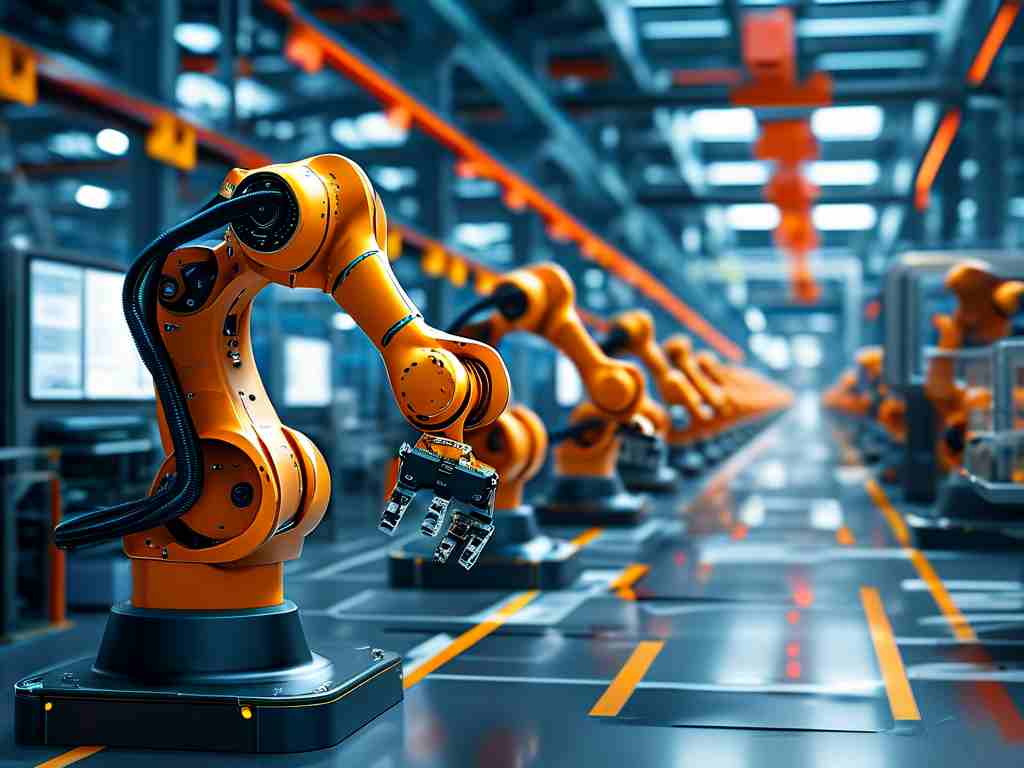The construction industry is undergoing a digital revolution, with automated deployment strategies emerging as a game-changer for project efficiency. This article explores a practical framework for implementing automation in construction workflows, complete with actionable insights and code-driven examples.

Why Automation Matters in Modern Construction
Traditional construction workflows often suffer from fragmented communication, manual data entry errors, and delayed decision-making. A well-designed automated deployment system addresses these pain points by synchronizing equipment scheduling, material logistics, and workforce coordination through centralized digital platforms. For instance, IoT-enabled concrete pouring systems can automatically adjust mixture ratios based on real-time weather data, reducing material waste by up to 18% according to field tests conducted in 2023.
Core Components of an Effective Deployment Plan
-
Equipment Synchronization Module
Embedded sensors in machinery enable predictive maintenance alerts. A sample code snippet for excavator fleet management demonstrates this principle:def monitor_excavator_health(temperature, vibration): if temperature > 95 or vibration > 4.5: trigger_maintenance_request() else: log_normal_operation() -
Material Flow Optimization
RFID tracking systems paired with automated inventory management reduce procurement delays. Advanced sites now use computer vision to verify material deliveries against BIM specifications, achieving 99.3% accuracy in component matching.
Implementation Roadmap
Phase 1 begins with digitizing legacy blueprints through BIM conversion tools, typically requiring 6-8 weeks for medium-scale projects. Field trials at Shanghai's SmartPort complex showed that phased automation rollout decreased equipment idle time by 40% compared to big-bang implementations.
Case Study: High-Rise Building Project
A 45-story commercial tower in Singapore implemented automated deployment across three critical areas:
- Tower crane coordination using AI-powered collision avoidance
- Rebar installation guided by augmented reality markers
- Concrete curing monitored through wireless moisture sensors
The project team reported 22% faster completion than traditional methods while maintaining zero safety incidents—a testament to automation's dual impact on productivity and risk mitigation.
Overcoming Implementation Challenges
Resistance to technological change remains the primary adoption barrier. Successful organizations address this through:
- Gamified operator training programs
- Clear ROI demonstrations using pilot projects
- Hybrid manual/automated transition periods
Technical hurdles like sensor calibration drift (common in dusty environments) require customized solutions. The latest generation of self-cleaning LiDAR sensors has shown particular promise on desert construction sites.
Future-Proofing Your Strategy
Emerging technologies like 7D BIM (integrating time, cost, and sustainability metrics) and quantum computing-optimized scheduling algorithms will redefine deployment automation. Forward-looking firms are already experimenting with blockchain-based material provenance tracking to meet evolving regulatory requirements.
This template provides a foundation for automated construction deployment but requires customization to specific project needs. By starting with modular implementations and progressively integrating advanced technologies, construction firms can achieve measurable improvements in both operational efficiency and project outcomes. Regular system audits and workforce upskilling programs ensure long-term success in our increasingly automated built environment.




